Health Benefits of Butter
The Butter Market is increasingly recognized for the health benefits associated with moderate butter consumption. Recent studies suggest that butter, when consumed in moderation, can be part of a balanced diet, providing essential nutrients such as vitamins A, D, E, and K. This positive perception is contributing to a shift in consumer attitudes towards butter, as it is often viewed as a healthier alternative to margarine and other spreads. The growing awareness of the nutritional value of butter is likely to drive demand, particularly among health-conscious consumers. As the Butter Market adapts to these changing perceptions, it may see an increase in product lines that emphasize health benefits, catering to a demographic that values both taste and nutrition.
Increased Popularity of Baking
The Butter Market is benefiting from the resurgence of home baking, which has gained traction among consumers. This trend is particularly evident as more individuals engage in baking as a hobby, leading to increased butter consumption. According to recent data, butter is a key ingredient in approximately 80% of baking recipes, making it essential for both amateur and professional bakers. The rise in baking activities has prompted a surge in demand for various types of butter, including unsalted and flavored options. As the popularity of baking continues to grow, the Butter Market is poised to capitalize on this trend, potentially leading to increased sales and product innovation. This phenomenon not only reflects changing consumer habits but also highlights the versatility of butter in culinary applications.
Culinary Trends and Gourmet Cooking
The Butter Market is influenced by the rise of culinary trends that emphasize gourmet cooking and artisanal food products. As consumers become more adventurous in their culinary pursuits, there is a growing appreciation for high-quality butter, including specialty varieties such as grass-fed and cultured butter. This trend is reflected in the increasing availability of gourmet butter products in retail outlets, catering to consumers who seek unique flavors and textures. The demand for premium butter is likely to continue as more individuals explore cooking techniques that highlight the richness and versatility of butter. This shift not only enhances the Butter Market but also encourages producers to innovate and create new offerings that appeal to discerning palates.
Sustainability and Ethical Sourcing
The Butter Market is increasingly impacted by consumer demand for sustainability and ethical sourcing practices. As awareness of environmental issues grows, consumers are more inclined to support brands that prioritize sustainable farming and production methods. This trend is prompting butter producers to adopt practices that minimize their environmental footprint, such as using grass-fed dairy and reducing packaging waste. The emphasis on sustainability is likely to resonate with a significant segment of the market, potentially influencing purchasing decisions. As the Butter Market evolves, companies that align with these values may gain a competitive edge, appealing to consumers who prioritize ethical considerations in their food choices. This shift towards sustainability not only benefits the environment but also enhances brand loyalty among consumers.
Rising Demand for Natural Ingredients
The Butter Market is experiencing a notable shift towards natural and organic products. Consumers are increasingly seeking out butter made from high-quality, natural ingredients, as they become more health-conscious. This trend is reflected in the growing sales of organic butter, which has seen a compound annual growth rate of approximately 5% over the past few years. The demand for natural ingredients is driven by a desire for transparency in food sourcing and production. As consumers become more aware of the health benefits associated with natural butter, such as higher levels of vitamins and healthy fats, the Butter Market is likely to expand further. This shift not only influences consumer purchasing behavior but also encourages manufacturers to innovate and diversify their product offerings to meet these evolving preferences.
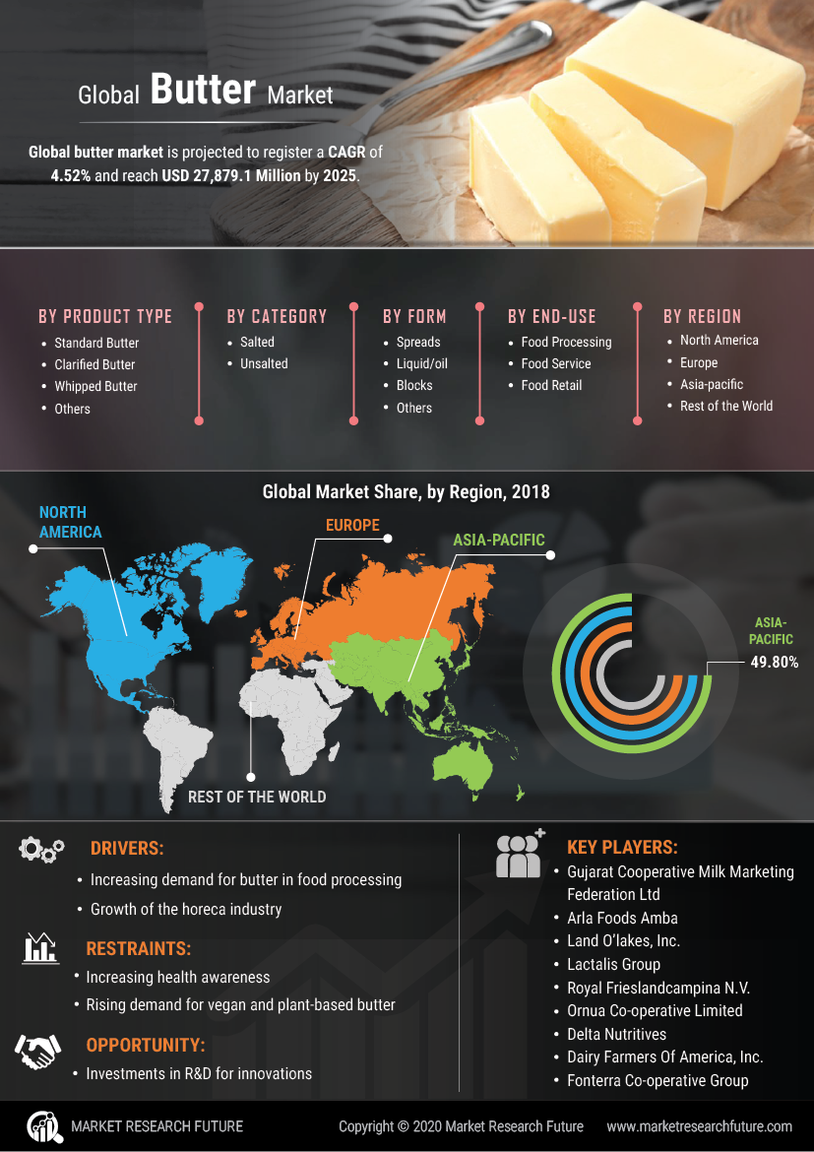

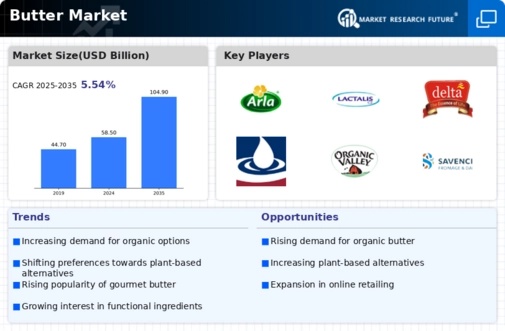
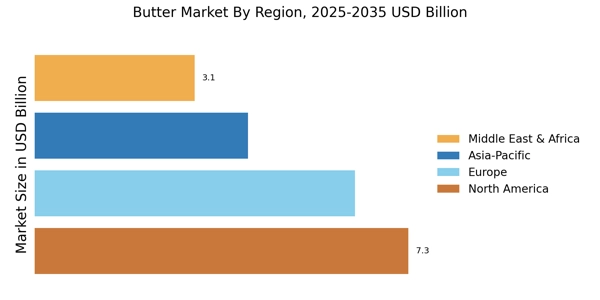
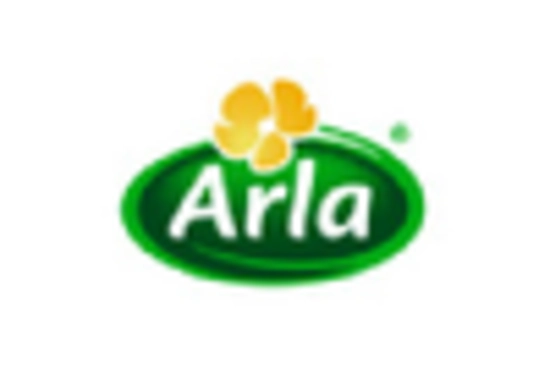
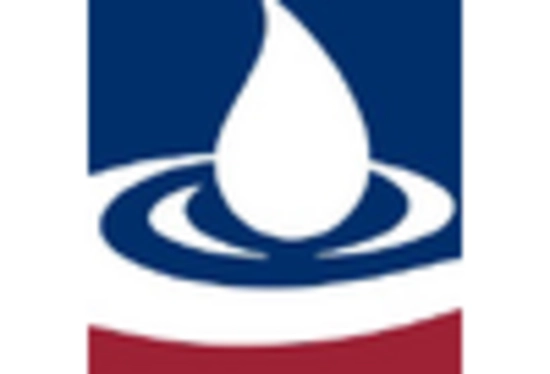
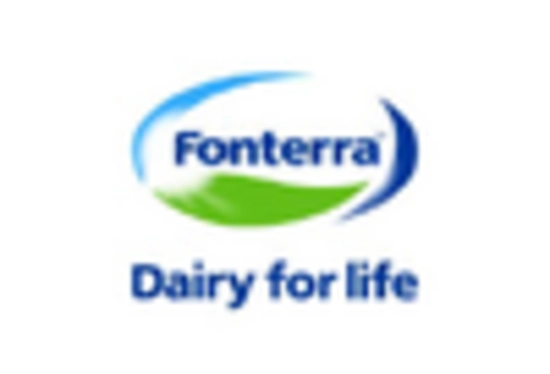
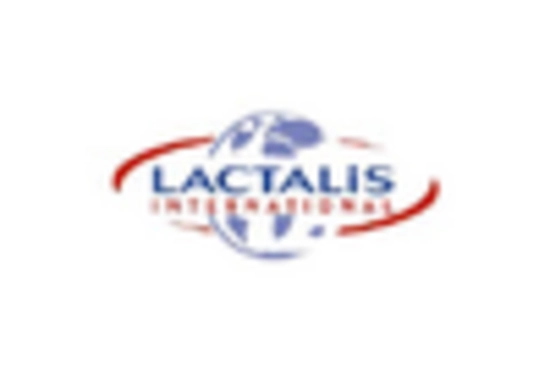
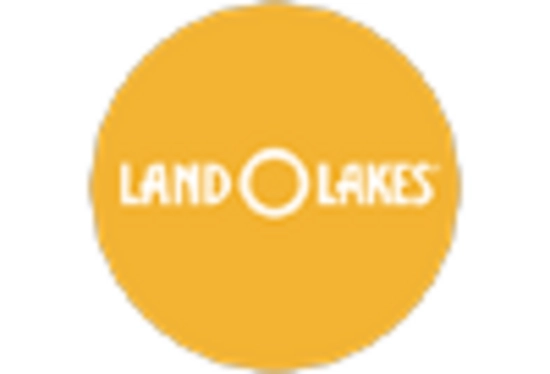
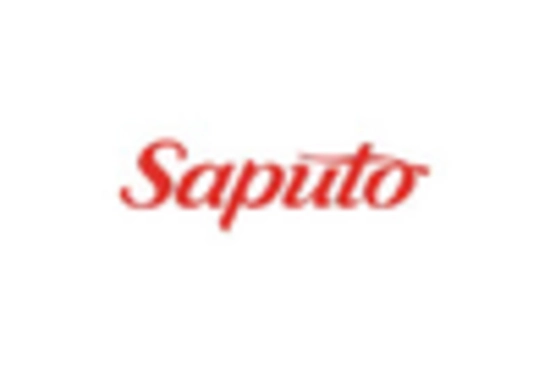








Leave a Comment